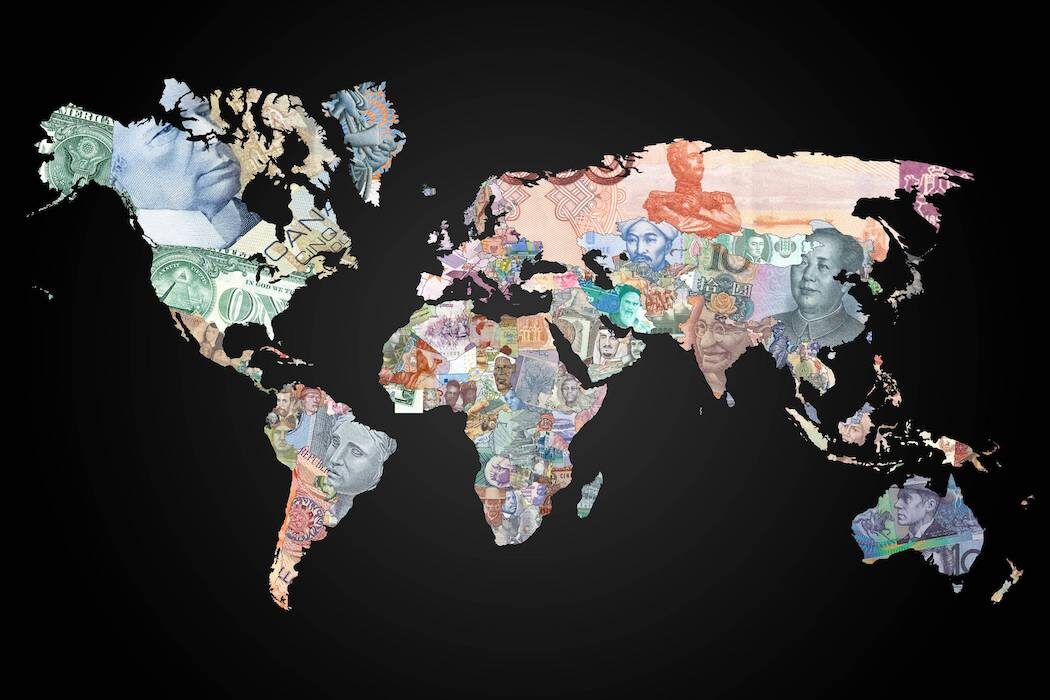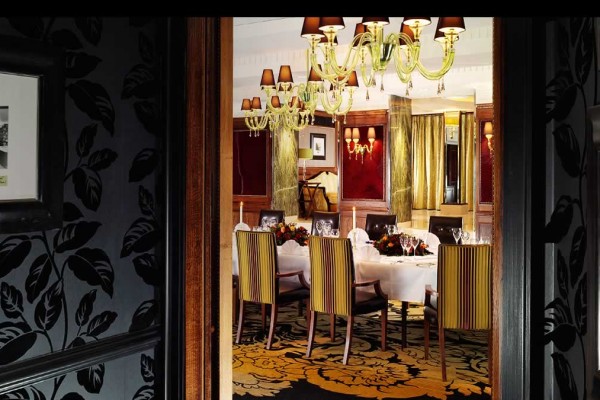Bain & Company’s Luxury Goods Worldwide Market Study outlines the pandemic’s drastic impact on the industry and points to a path to recovery.
So, what does the future hold for the high-end market?
The nineteenth edition of the Bain Luxury Study, published by Bain & Company for Fondazione Altagamma, the trade association of Italian luxury goods manufacturers, analysed recent developments in the global luxury goods industry, as well as its future outlook.
The luxury industry as tracked by Bain & Company encompasses both luxury goods and experiences. It comprises nine segments, led by luxury cars, luxury hospitality and personal luxury goods, which together account for more than 80% of the total market.
READ THE REPORT IN THE SPRING EDITION
The luxury industry has been heavily impacted by the Covid-19 crisis in 2020. The overall luxury market – encompassing both luxury goods and experiences – shrank by 20% to 22% at current exchange rates, and is now estimated at approximately €1 trillion globally, back to its 2015 levels.
Sales of luxury cars continued to dominate the market, but declined by 8% to 10% at current exchange rates to €503 billion. Most luxury experiences (including luxury hospitality, cruises and fine dining) were disproportionately impacted (–56% at current exchange rates) and should be last to recover given their dependence on tourist flows. Experience-based goods (including fine art, luxury cars, private jets and yachts, fine wines and spirits, and gourmet food) resisted better, declining by only 10% at current exchange rates. They should recover rapidly from the 2020 shock given positive consumption dynamics across most segments.
Personal luxury goods were severely impacted
The market for personal luxury goods—the “core of the core” of luxury segments, and the focus of this analysis—contracted for the first time since 2009, falling by 23% at current exchange rates to hit €217 billion. This drop is the largest recorded since Bain has been tracking the industry. Uncertainty will hover over the industry for some months to come.
An accelerated shift to local purchasing, driven by China
Mainland China has been the only region globally to end the year on a positive note, growing by 45% at current exchange rates to reach €44 billion. Local consumption has roared ahead across all channels, categories, generations and price points.
Europe has borne the brunt of a collapse in global tourism. Consumption on the continent fell by 36% at current exchange rates to €57 billion.
The Americas experienced less impact—the market fell by 27% at current exchange rates to €62 billion. In the US, department stores face an uncertain future, and the map of luxury consumption has been redrawn to move away from city centers.
Japan shrank by 24% at current exchange rates to €18 billion. The rest of Asia also struggled, with Hong Kong and Macau among the worst performers globally. The region contracted by 35% at current exchange rates to reach €27 billion.
The impact in the Middle East was mitigated by shorter lockdowns and repatriation of spending previously made abroad. In Australia, a slowdown from the wildfires was amplified by the halt of tourism. Overall, the rest of the world contracted by 21% at current exchange rates to €9 billion.
The regional shifts mark an acceleration of a rebalancing of where luxury purchases are made as tourists shift to buy in their home markets. The share of purchases made locally reached 80%–85% this year, and in the years ahead we expect it to represent between 65% and 70% as domestic purchases regain relevance especially in China and the broader Asian region.
Online channel accelerates, while stores will be redefined
The changes brought by Covid-19 increased the presence of online in every aspect of life. In the luxury market, online sales made up €49 billion in 2020, up from €33 billion in 2019. The share of purchases made online nearly doubled from 12% in 2019 to 23% in 2020.
Online is set to become the leading channel for luxury purchases by 2025, fueling the omni- channel transformation.
This dramatic increase comes at the expense of brick-and-mortar. We expect no growth in the number of stores operated directly by brands in 2020, and a possible decline in store footprints in 2021. Brands will need to adjust their networks to the new map of luxury buying, evolve the store role and its ergonomics and maximise the customer experience. The wave of transformation will not leave wholesale distribution untouched: Perimeter contraction, polarised performance and entry of new players will lead luxury brands to increase their control on the channel. Meanwhile, the secondhand market for luxury goods rose by 9% to €28 billion.
All personal luxury goods categories have seen declines in 2020
Despite a strong deceleration, accessories remained the largest personal luxury goods category.
Shoes and jewelry were the product categories that decelerated the least. Shoes were cushioned by demand in sneakers, falling by only 12% to €19 billion, while jewelry saw sustained demand in Asia and benefited from online sales. That category remains polarised with high jewelry and iconic, entry-priced items leading the recovery.
Watches and apparel both declined by 30%. For watches, Covid-19 amplified secular consumption pattern shifts. In apparel, formal wear demand was in sharp decline and apparel players faced increasing competition from social media savvy, direct-to-consumer brands.
Across product categories, entry-price items gained in relevance, reaching more than 50% of volumes sold in 2020. In the quest for pricing relevance, the rules of the game are rapidly changing accessible luxury as we knew it, due to increasing competition from new, insurgent brands with relevant purpose and innovative business models.
The turmoil of Covid-19 has been a catalyst for change for the luxury industry
It has been a year of profound change in the way global luxury consumers live and shop, and in what they value. Scenarios for 2021 are varied, and Bain forecasts growth that ranges from +10%/12% to +17%/19% depending on macroeconomic conditions, the evolution of Covid-19 and the speed of return to travel globally, as well as the resilience and confidence of local customers.
The decline in revenue in 2020 should take a disproportionate toll on profitability – we expect operating profit to decline by 60% in 2020 compared with 2019 (i.e., from an average of 21% margin to 12% margin). According to our analysis, in 2021 the market is expected to recover 50% of the profit loss of 2020 – but still remain below 2019 levels.
We expect sales recovery to gather pace over the next three years, with the personal luxury goods market returning to 2019 levels by the end of 2022 or early 2023.
Outlook for the future
The industry should come out of the crisis with more purpose and dynamism than before. By 2030, the industry should be drastically transformed. We will not talk of the luxury industry anymore, but of the market for “insurgent cultural and creative excellence.” In this new, enlarged space, winning brands will be those that build on their existing excellence while reimagining the future with an insurgent mindset.
Luxury players will need to think boldly to rewrite the rules of the game, transforming their operations and redefining their purpose to meet new customer demands and retain their relevance, especially for younger generations, who are set to drive 180% of the growth in the market from 2019 to 2025.
These generations place unprecedented emphasis on diversity and inclusion, in addition to sustainability and environmental issues. These “activist” consumers seek brands that align with their vision and desire for purpose.
To read the report in full: www.bain.com


